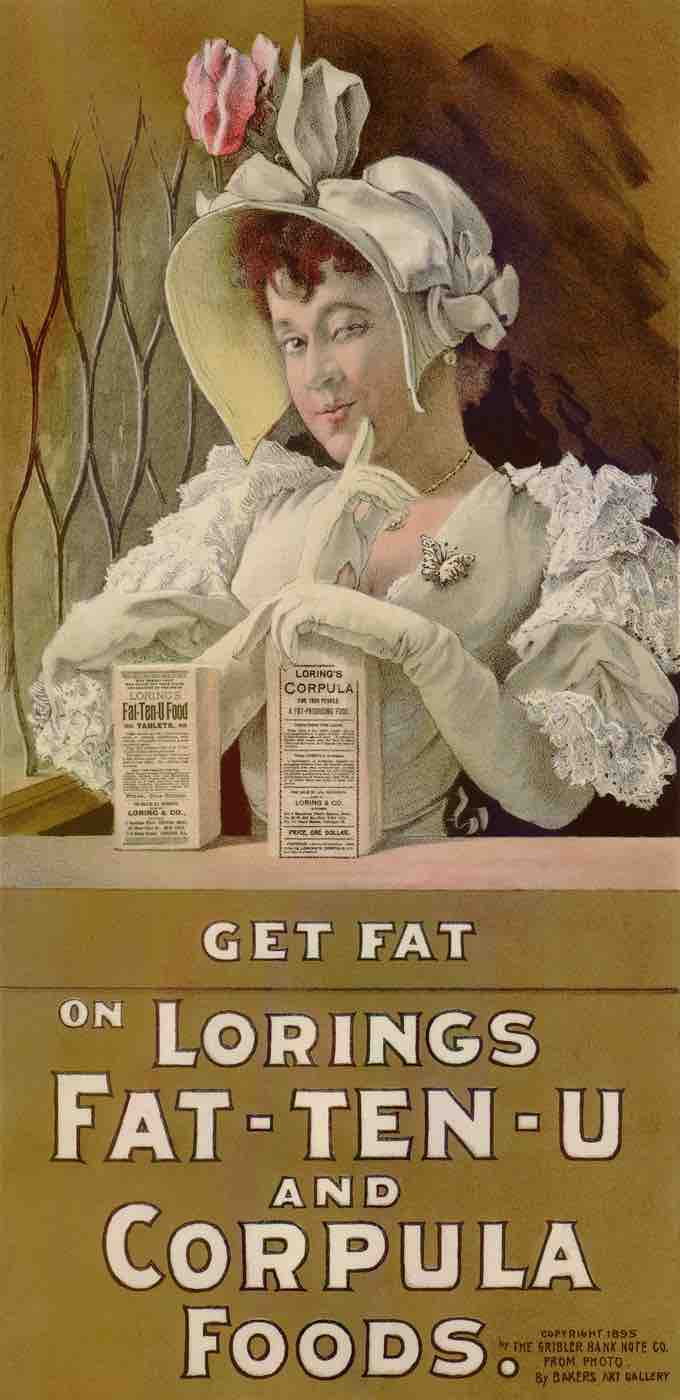Advertising is a form of communication used to encourage or persuade an audience to take some action. Most commonly, the desired result is to drive consumer behavior with respect to a commercial offering, although political and ideological advertising is also common. The purpose of advertising also might be to reassure employees or shareholders that a company is viable or successful.
Advertising During the Industrial Revolution
As the economy expanded during the nineteenth century, advertising grew as well. In June 1836, the French newspaper La Presse was the first to include paid advertising in its pages, allowing the paper to lower its price, extend its readership, and increase profitability. Around 1840, Volney B. Palmer established the roots of the modern-day advertising agency in Philadelphia. In 1842, Palmer bought large amounts of space in various newspapers at a discounted rate then resold the space at higher rates to advertisers. The actual ad was still prepared by the company wishing to advertise, making Palmer a space broker.
The situation changed in the late nineteenth century when the advertising agency of N.W. Ayer & Son was founded in 1869. N.W. Ayer & Son was the first full-service agency to assume responsibility for advertising content. They offered to plan, create, and execute complete advertising campaigns for customers. By 1900, the advertising agency had become the focal point of creative planning, and advertising was firmly established as a profession. Around the same time, Charles-Louis Havas extended the services of his news agency, Havas, to include advertisement brokerage, making it the first French group to organize.

Drink Coca-Cola
A Coca-Cola advertisement from 1900.
At the turn of the century, women had few career choices in business; advertising, however, was one of the few industries that welcomed them. Because women were responsible for most of the purchasing done in the household, advertisers and agencies recognized the value of women's insight during the creative process. In fact, the first American advertising to use a "sexual" sell was created by a woman for a soap product.

Get Fat
An 1895 ad for a product for weight gain.
The Rise of Consumerism
The next several decades saw a significant shift in consumerism. During the Industrial Revolution of the nineteenth century, capitalist development became primarily focused on the capital goods sector and industrial infrastructure (e.g., mining, steel, oil, and transportation networks). At that time, agricultural commodities, essential consumer goods, and commercial activities had developed, but not to the same extent as had other sectors. Members of the working classes worked long hours for low wages and little time or money was left for consumer activities.
Capital goods and infrastructure were quite durable and took a long time to be used up. Henry Ford and other leaders of industry understood that mass production pre-supposed mass consumption. After observing the assembly lines in the meat packing industry, Frederick Winslow Taylor brought his learnings to other industries. This unleashed incredible productivity and reduced the costs of all commodities produced on assembly lines.
While previously the norm had been the scarcity of resources, the Industrial Revolution created an unusual economic situation. For the first time in history, products were available in outstanding quantities at outstandingly low prices; thus, they became available to virtually everyone. For instance, Henry Ford believed that the workers who made his car should all be able to buy one. This became a reality with the Model T car. Ford created a huge publicity machine in Detroit to ensure every newspaper carried stories and ads about the new product. Ford's network of local dealers made the car ubiquitous in almost every city in North America. As independent dealers, the franchises grew rich and publicized not only the Ford but also the concept of automobiling; local motor clubs sprang up to help new drivers and to encourage exploration of the countryside.
Advertising, in its marketing of goods through various platforms and message that the viewer is in need of some product, played a major role in creating this consumerist society. Advertising changes in order to keep up with the changing consumer; it identifies the viewer's needs and associations of brands and products before he or she is consciously aware. The mediums through which individuals are exposed to ads are ever changing and ever growing, as marketers are always trying to get in touch with and captivate their audience. For example, around the time that the automobile became prevalent in society, billboards were created. These advertisements featured short details about a brand or a “catchphrase” that a driver could quickly and easily spot, recognize, and remember.